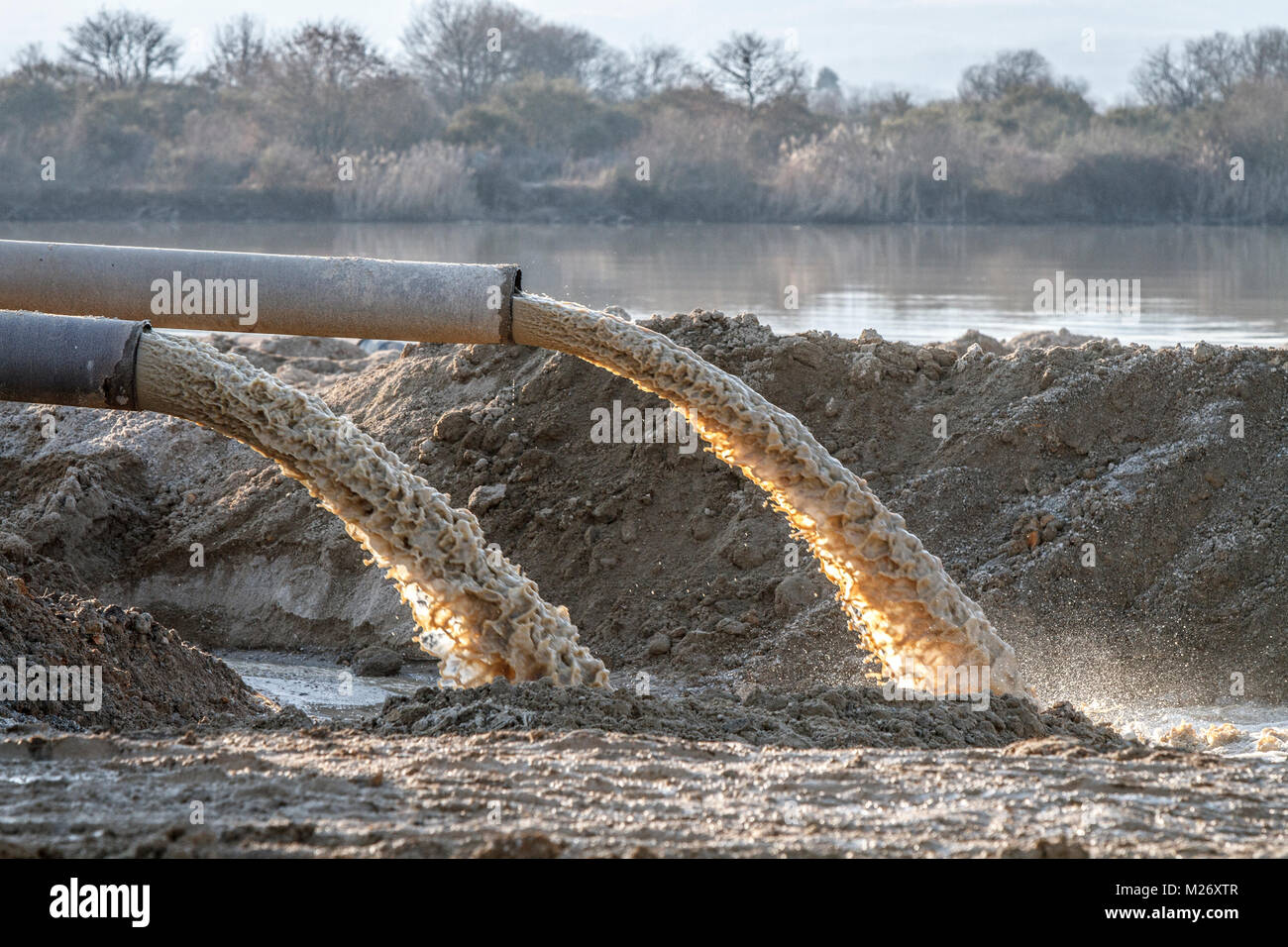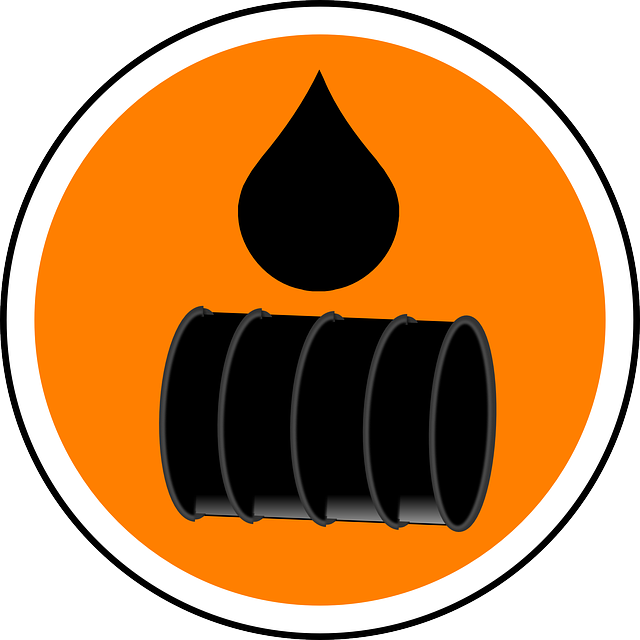Expert Liquid Waste Removal Melbourne: Maintaining Your Environment Tidy
Expert Liquid Waste Removal Melbourne: Maintaining Your Environment Tidy
Blog Article
How Liquid Waste Disposal Functions: A Comprehensive Introduction of Strategies and Technologies Utilized

Overview of Fluid Waste Kind
The intricacy of fluid waste kinds requires a complete understanding of their features and effects for disposal. Liquid waste can extensively be categorized right into several types, consisting of commercial, metropolitan, farming, and contaminated materials. Each category exhibits distinct residential or commercial properties, needing details administration methods to minimize ecological and health threats.
Industrial liquid waste stems from making processes and frequently consists of a range of contaminants, such as hefty steels, solvents, and natural substances. Local liquid waste, mainly consisting of wastewater from houses and commercial establishments, consists of natural issue, nutrients, and microorganisms (industrial wastewater treatment). Agricultural fluid waste, including drainage from farms, might contain fertilizers, chemicals, and pet waste, positioning dangers to water quality and environments
Harmful fluid waste is identified by its poisoning, reactivity, or prospective to cause harm. This group includes materials like acids, bases, and particular chemicals that necessitate rigorous handling and disposal methods. Recognizing these diverse liquid waste types is essential for creating effective disposal methods and ensuring conformity with environmental guidelines. Correct classification and characterization are essential for implementing suitable treatment strategies and lessening the negative effect on public health and the atmosphere.
Physical Treatment Techniques

Screening is the first action, where larger fragments and debris are gotten rid of from the fluid waste using displays or grates. This process secures downstream tools from damages and makes sure smoother procedure. Complying with testing, sedimentation makes use of gravitational force to separate solids from fluids. In sedimentation storage tanks, heavier particles clear up at the base, forming a sludge layer, while the clarified fluid can be more dealt with.
Filtering is one more important approach that involves passing the liquid through permeable products, such as sand or membrane layers, to capture smaller bits. This step boosts the quality of the liquid, making it ideal for subsequent treatment procedures.

Chemical Treatment Methods
Chemical therapy techniques are important for successfully managing fluid waste, especially in resolving dissolved and colloidal contaminants that physical methods might not appropriately remove. These techniques make use of different chemical representatives to counteract, speed up, or change unsafe materials into much less dangerous forms.
One usual approach is coagulation and flocculation, where chemicals such as alum or ferric chloride are included in advertise the aggregation of put on hold particles. Get More Info This process improves sedimentation, enabling much easier elimination of the resulting sludge. In addition, oxidation procedures, employing representatives like chlorine or ozone, are used to break down complicated natural compounds and virus, rendering the waste much safer for discharge or further therapy.
Neutralization is one more vital technique, which adjusts the pH of acidic or alkaline waste streams to neutral levels, protecting against prospective harm to downstream systems and the environment. Furthermore, progressed oxidation processes (AOPs) utilize combinations of oxidants and ultraviolet light to deteriorate persistent pollutants, accomplishing a greater level of treatment effectiveness.
Biological Therapy Procedures
Biological therapy procedures play a critical duty in the administration of fluid waste by making use of bacteria to decay raw material and lower contaminant degrees. These processes can be extensively categorized into anaerobic and aerobic therapies, each employing specific microbial neighborhoods to accomplish efficient waste deterioration.
Cardio treatment involves making use of oxygen to promote the malfunction of natural materials by bacteria. This procedure is commonly implemented in turned on sludge systems, where oygenation tanks give a conducive atmosphere for microbial development, bring about the oxidation of natural pollutants. The resultant biomass can be divided from dealt with effluent via sedimentation.
In contrast, anaerobic therapy takes place in the lack of oxygen, counting on different bacteria to damage down raw material. This technique is specifically useful for high-strength waste, as it produces biogas, an eco-friendly power resource, while reducing sludge manufacturing. Technologies such as anaerobic digesters are regularly utilized in metropolitan and industrial applications.
Both anaerobic and cardio organic treatments not just lessen the ecological influence of liquid waste but additionally assist in source healing, making them essential components of lasting waste administration approaches. Their flexibility, effectiveness, and effectiveness sustain their widespread execution across numerous here markets.
Arising Technologies in Disposal
Innovative strategies to liquid waste disposal are quickly evolving, driven by developments in modern technology and a raising emphasis on sustainability. Amongst these emerging modern technologies, membrane bioreactors (MBRs) have acquired traction for their ability to integrate organic therapy with membrane purification, resulting in high-grade effluent that can be recycled in various applications. MBRs allow smaller footprints and more efficient procedures compared to typical systems.
One more encouraging growth is making use of anaerobic food digestion combined with nutrient recuperation technologies, which not only deals with fluid waste yet also generates biogas and recoups valuable nutrients like nitrogen and phosphorus. This twin benefit enhances source efficiency and minimizes ecological influence.
In addition, advanced oxidation processes (AOPs) are being embraced for the degradation of complicated organic toxins. These approaches make use of effective oxidants and drivers to break down contaminants at the molecular level, using a highly effective service for challenging waste streams.
Additionally, the combination of synthetic intelligence and maker learning in waste administration systems is enhancing functional performance and predictive upkeep, leading to reduced costs and improved ecological conformity. These modern technologies mirror a significant change towards more lasting and reliable liquid garbage disposal practices.
Final Thought
To conclude, efficient fluid waste disposal demands a comprehensive understanding of various techniques and technologies. The combination of physical, chemical, and biological therapy approaches makes sure the efficient management of varied waste types. Additionally, the development of cutting-edge technologies improves therapy efficiency and advertises sustainability in waste administration techniques. By continually advancing these approaches, it ends up being feasible to resolve the growing challenges related to fluid waste, ultimately contributing to environmental management and resource healing.
Fluid waste disposal is a critical aspect of ecological monitoring, calling investigate this site for an extensive understanding of different strategies and innovations tailored to various waste kinds. Fluid waste can extensively be categorized right into a number of types, including commercial, local, agricultural, and unsafe waste. Agricultural liquid waste, consisting of drainage from farms, might consist of plant foods, pesticides, and pet waste, posturing dangers to water high quality and ecological communities.
Different physical treatment techniques play a crucial role in handling fluid waste efficiently - industrial wastewater treatment.In verdict, effective liquid waste disposal demands a comprehensive understanding of various techniques and innovations
Report this page